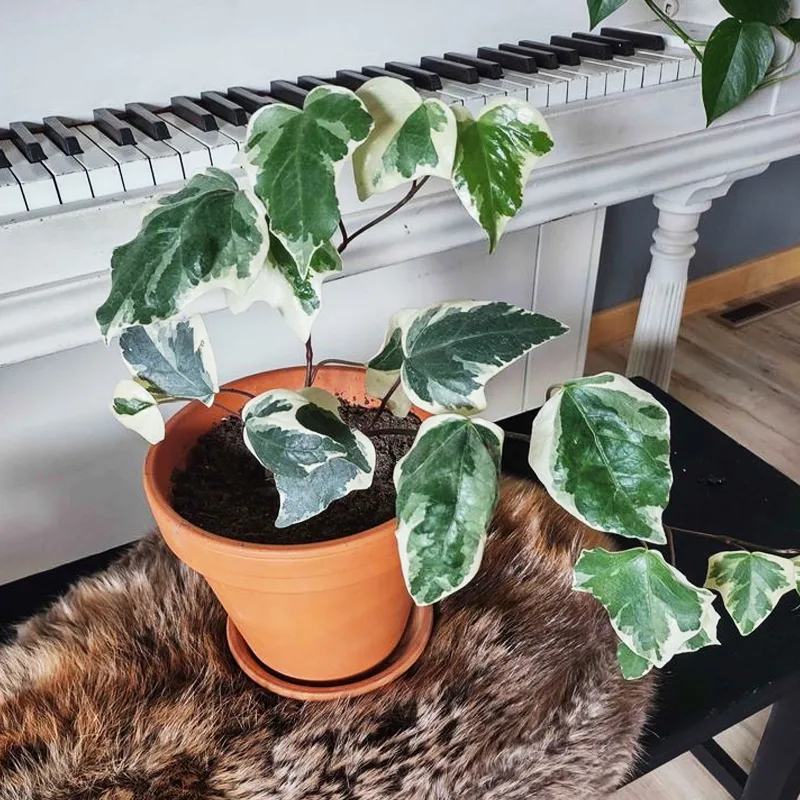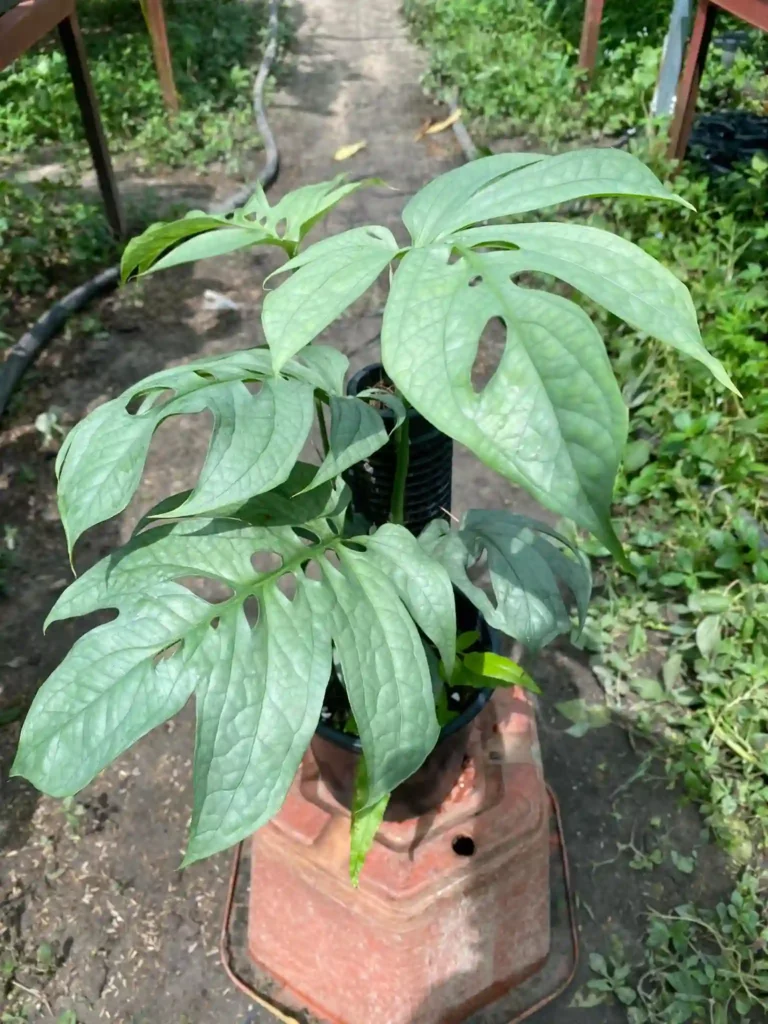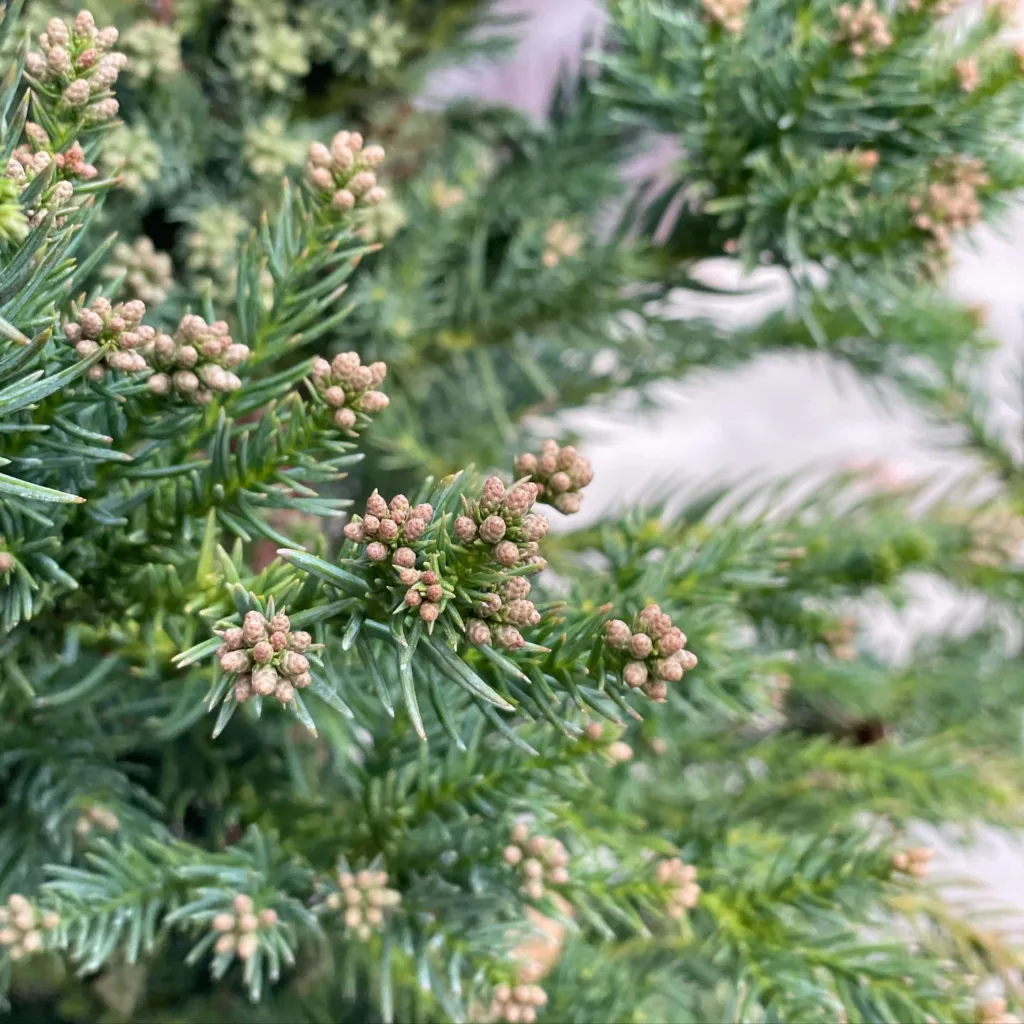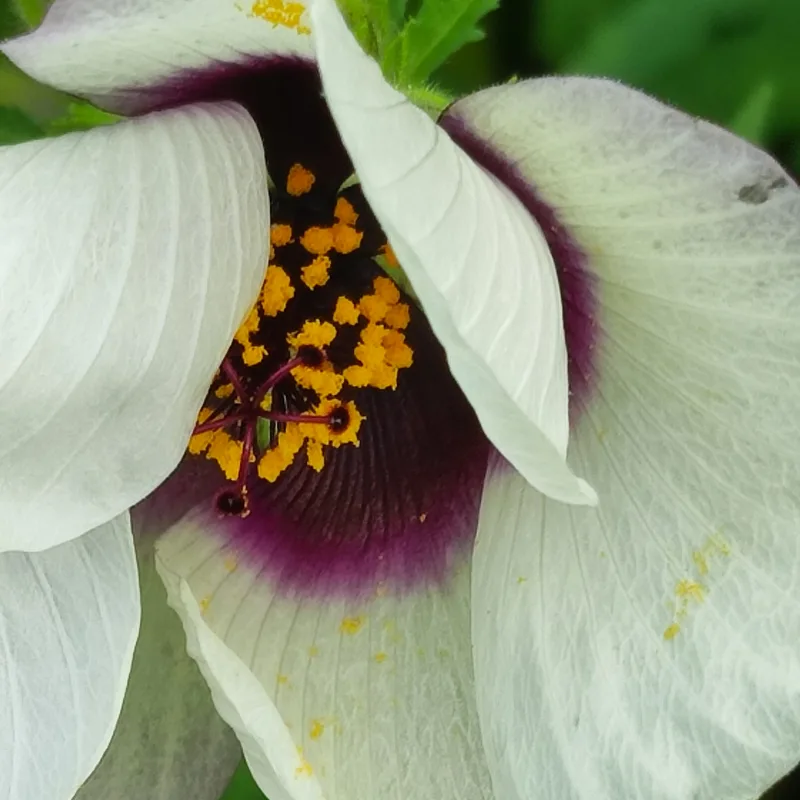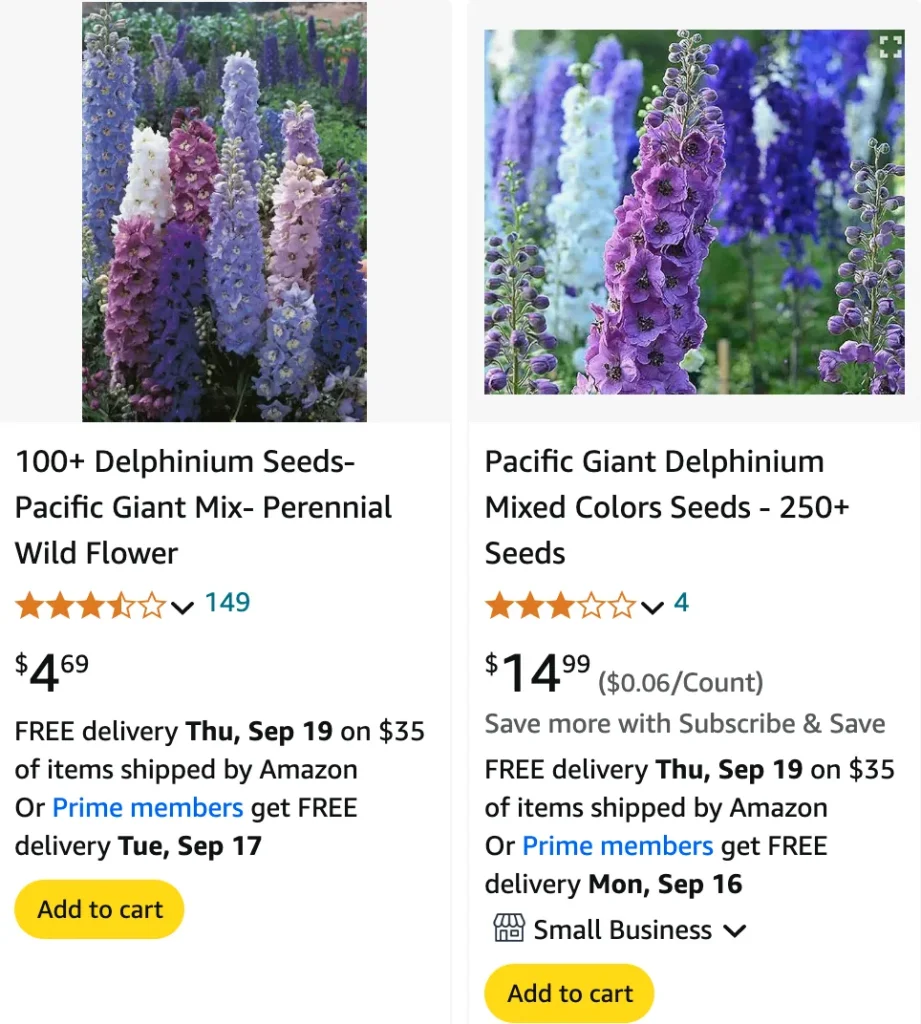
What is Delphinium Pacific Giant?
Delphinium Pacific Giant is a stunning flowering plant known for its tall, vibrant spikes of blue, purple, or white flowers. These perennial beauties are popular in gardens for their dramatic, towering presence and rich, colorful blooms. They typically grow to a height of 4 to 6 feet and can spread about 2 feet wide. Delphinium Pacific Giant varieties are often chosen for their robust growth and impressive floral displays.
543 Species in Genus Delphinium
How to Grow Delphinium Pacific Giants from Seed?
Growing Delphinium Pacific Giants from seed is a rewarding but somewhat challenging process. Here’s a step-by-step guide based on my experiences:
- Start Indoors: Begin by sowing seeds indoors about 8 to 10 weeks before the last expected frost. Use seed-starting trays filled with a seed-starting mix.
- Cold Stratification: Delphinium seeds require cold stratification to germinate. Place the seed trays in the refrigerator for 2 to 4 weeks before sowing. This mimics winter conditions.
- Sow Seeds: After stratification, plant the seeds on the surface of the soil and lightly cover them with a thin layer of soil. Keep the soil moist but not waterlogged.
- Light and Temperature: Place the trays in a bright location with temperatures around 60-65°F (15-18°C). Germination can take 2 to 3 weeks.
- Transplant: Once the seedlings have grown a few inches tall and have at least two sets of leaves, harden them off by gradually exposing them to outdoor conditions. Transplant them into the garden after all danger of frost has passed.
How to Grow Delphinium Pacific Giants?
Growing Delphinium Pacific Giants successfully involves a few key factors:
- Location: Choose a location with full sun to partial shade. They prefer cooler climates and might struggle in very hot regions.
- Soil: Delphiniums thrive in well-draining, fertile soil. Enrich the soil with compost or well-rotted manure to ensure it’s nutrient-rich.
- Watering: Keep the soil consistently moist, especially during the growing season. However, avoid waterlogging, as it can lead to root rot.
- Staking: Due to their tall growth, Delphinium Pacific Giants may require staking or support to prevent them from toppling over.
- Fertilization: Feed them with a balanced, all-purpose fertilizer every 4-6 weeks during the growing season.
How to Force Pacific Giant Delphiniums into Flowering?
Forcing Pacific Giant Delphiniums into flowering can be a bit tricky, but here are some strategies that I’ve found effective:
- Temperature Control: Ensure that the plants receive a cold period in early spring. This can help trigger blooming.
- Light: Provide ample light during the day. Extended daylight can sometimes encourage earlier flowering.
- Pruning: Regularly remove spent blooms to encourage continuous flowering. Cutting back the plants after the first bloom can also lead to a second round of flowers.
- Fertilization: Boost flowering by providing a high-phosphorus fertilizer, which supports bloom development.
Delphinium Pacific Giants vs Average Delphiniums
When comparing Delphinium Pacific Giants with average delphiniums, several distinctions stand out:
- Height and Size: Pacific Giants are significantly taller and more robust, reaching heights of 4 to 6 feet compared to the average 3 to 4 feet of other delphiniums.
- Flower Size and Density: The blooms of Pacific Giants are larger and denser, providing a more dramatic visual impact.
- Flowering Duration: Pacific Giants often have a longer blooming period and can sometimes produce a second wave of blooms.
How to Care for Delphinium Pacific Giants?
Caring for Delphinium Pacific Giants involves a few essential practices:
- Mulching: Apply mulch around the base to retain moisture and keep weeds at bay.
- Pest Control: Watch for pests such as aphids and slugs. Use appropriate treatments to manage infestations.
- Winter Care: In colder climates, apply a layer of mulch in late fall to protect the roots during winter.
What to Plant With Delphinium Pacific Giants?
Delphinium Pacific Giants pair beautifully with several other garden plants:
- Peonies: Their dense blooms complement the tall spikes of delphiniums.
- Salvia: Provides contrasting color and texture.
- Hostas: Offer a lush foliage backdrop that enhances the delphiniums’ height and color.
Can You Grow Delphinium Pacific Giants Indoors?
While Delphinium Pacific Giants are typically grown outdoors, you can attempt to grow them indoors in a large container. Ensure they receive plenty of light and maintain a cool temperature to mimic their natural conditions. Be prepared for potential challenges with height and space.
Is Delphinium Pacific Giant Toxic?
Yes, Delphinium Pacific Giants are toxic if ingested. They contain alkaloids that can cause nausea, vomiting, and other symptoms. Keep them away from pets and small children.
Benefits of Growing Delphinium Pacific Giants
Growing Delphinium Pacific Giants offers several benefits:
- Visual Appeal: Their tall, vibrant flowers add dramatic color and height to garden beds.
- Pollinator Friendly: They attract bees and butterflies, enhancing garden biodiversity.
- Cut Flowers: Their sturdy stems make them excellent for floral arrangements.
Common Problems with Delphinium Pacific Giants
Some common issues include:
- Powdery Mildew: This fungal disease can cause a white powdery coating on leaves. Improve air circulation and avoid overhead watering.
- Botrytis Blight: Look for gray mold on the flowers and foliage. Remove infected parts and ensure good air circulation to prevent spread.
Comparing Delphinium Pacific Giants with Other Varieties
When comparing Delphinium Pacific Giants with other varieties, consider factors like height, bloom size, and overall vigor. Pacific Giants are often preferred for their larger size and more dramatic floral displays, while other varieties may offer different colors or growth habits.
In summary, Delphinium Pacific Giants are a fantastic choice for adding height and color to your garden. With the right care and growing conditions, they can provide years of stunning floral displays.
If i die, water my plants!
